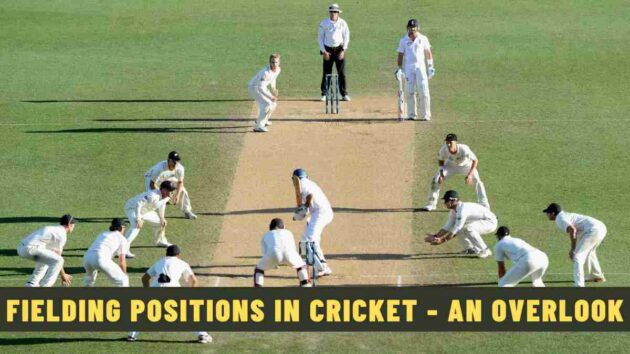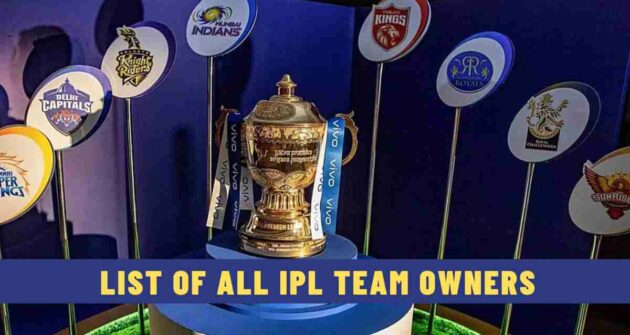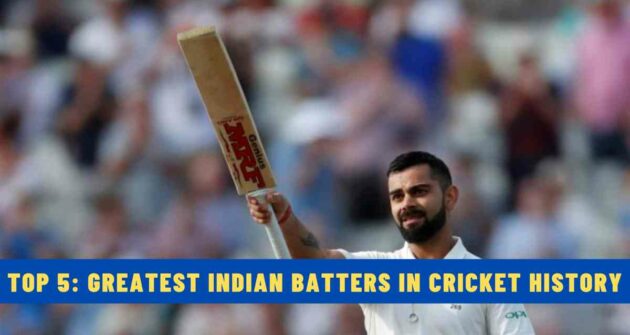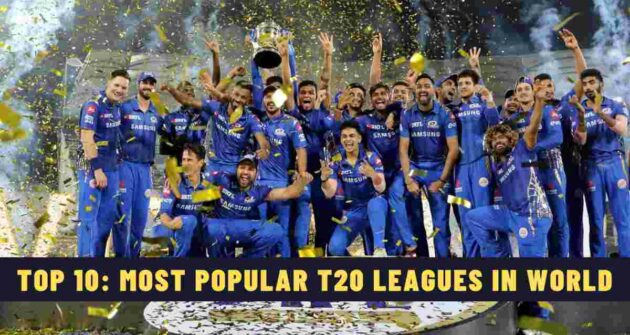A batter hitting a six or a bowler rattling the stumps are sights to behold. But there’s one more aspect of cricket that guarantees to leave everyone awestruck.
What’s that? Fielders pulling off some unbelievable catches or affecting lightning-fast run outs by demonstrating their peak athleticism.
It’s quite necessary to have the best fielders in the team, apart from batters and bowlers, as even a single run saved by them can turn out to be decisive.
And we have seen many legendary fielders going about business in all parts of the ground. But how do you recognise where they are standing in the field?
Well, to solve the mystery, every fielding position has been given a name and in this article, we’ll look at the fielding positions in cricket.
Table of Contents
Cricket Fielding Positions
A cricket ground is divided into 2 halves — offside and leg side — with every region on a cricket field having been allotted a name. And the fielding positions are also identified based on where a fielder is positioned in a particular region.
Moreover, a fielding position can have different prefixes, such as silly, short, mid, and deep/long, based on its proximity to the batter.
For instance, fielders positioned at short leg, square leg, and deep square leg are all in the same line but have a certain distance between them. The short-leg fielder is close to the striker, the square leg is at the 30-yard circle, and the deep position will be close to the boundary on the leg side.
Now that you understand the basics, let’s get to know all the major fielding positions.
Wicketkeeper
This is a pretty straightforward fielding position on the ground. If you have watched a cricket match, then you must’ve seen a player donning a helmet, gloves, and pads stationed behind the stumps.
Well, that’s the wicketkeeping position. The wicketkeeper can keep right next to the wickets or stand a bit longer, depending on the bowler.
Slips
These positions are right next to the wicketkeeper. The slip fielders are placed in a diagonal line either on the right or left side, depending on a right-hand or left-hand batter. There can be as many as 6 players stationed in the slip cordon.
Also Read | Ten Best Slip Fielders in Cricket
Leg Slip
The leg slip is the exact opposite of a regular slip position. Suppose a right-hand batter is batting, then the fielding side captain can place a player towards the left of a wicketkeeper on the leg side.
Gully and Leg Gully
The gully and the leg gully are kind of an extension of the regular slips. The only difference is that the fielder stands much squarer to the batter, ready to pounce on any catch.
Silly Point and Short Leg
If you are a daredevil, then these 2 positions are for you. Why? These 2 positions are right next to the batter, with the silly point on the offside and the short leg on the leg side. You will find fielders stationed in these positions more often in Test cricket.
Silly Mid-Off and Silly Mid-On
Silly mid-off and silly mid-on are similar to the silly point and short leg, although these fielders are a bit away from the batter.
Mid-Off and Mid-On
These 2 are the most used fielding positions across formats. The mid-off and mid-on fielders are placed at 30-degree angles on the offside and leg-side.
These 2 positions can also be altered, making them short mid-off and short mid-on aligned close to the bowler.
Long Off and Long On
These are the extensions of the mid-off and mid-on, with the long-off and long-on players situated on the boundary ropes.
Also Read | Leg Side Fielding Rules in Cricket
Cover
Batters like Virat Kohli like to play some elegant cover drives. So you need to make sure that you have a fielder securing that region.
The cover fielder is at a 45-degree angle from the batting crease on the offside, close to the 30-yard circle. While the fielder can also be placed on the boundary, making it a deep cover position.
There are 2 more variations as well, with the fielder slightly stationed on the right, making it the extra cover and the boundary rider being the deep extra cover.
Mid Wicket
The mid wicket position is the same as the cover, although on the leg side of the field. We can have a short mid wicket, which is 10-15 yards away from the batter and a deep mid wicket, which is right on the fence.
Point
The point fielding position is horizontal to the batting crease on the offside, with the fielder trying to stop cut shots played by batters. You can find many fielding positions in the point region, like backward point, deep backward point, deep point, cover point, and deep cover point, with slight changes in distance.
The backward point and deep backward point are behind the square, while the cover point and deep cover point are a bit close to the cover region.
Square Leg
The square leg region is a mirror of the point region. The square leg fielder stands in line with the popping crease on the leg side.
Similar to the point fielding positions, the square leg also has variations, like forward and backward square leg, deep backward square leg, deep square leg, and deep forward square leg.
Third Man and Fine Leg
The third man and fine leg fielders are situated behind the wickets at a 45-degree angle on the offside and leg side.
These fielders can either be positioned inside the 30-yard circle or on the boundary ropes, trying to stop batters from sneaking in runs and boundaries.
Read Next | Concussion Substitute Rule in Cricket – Explained











